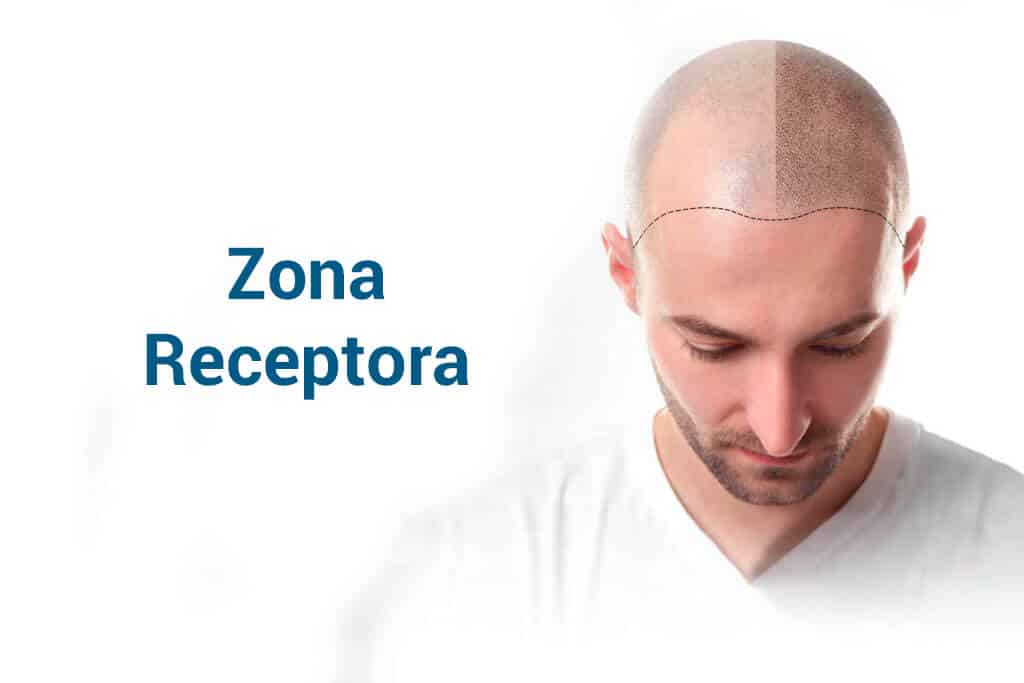RECEIVING ZONE
Undoubtedly, the recipient area is the point where patients who undergo a hair transplant pay most attention, with good reason, as it is where the hairlessness that causes so much self-consciousness can be found: the absence of hair.
This is going to be our working canvas and where you will see the results of the intervention, so it is essential that you know all its characteristics, its details and the aspects that define and condition it.
What is the receptor zone?
Considering hair grafting, the recipient area is the one that is going to be repopulated with hair, that is, the one that is losing hair and needs to be seen with a greater hair density. Thus, we would speak of the scalp or another area of the skin where we notice some type of baldness.
This will be defined considering two main aspects: the follicular units available and their quality (conditioned, in turn, by the donor area) and the density of hair we wish to obtain.
Do you want to get your hair back? We have the perfect solution for you!
Characteristics of the recipient site for hair grafting
Of the many things we can consider about the receiving area, what is essential to know is the following.
- Hair relocation. The first thing we have to indicate is that the follicular units that you are going to receive correspond to another dermal area of the patient, which is known as the donor area. This means that we are not going to perform a miracle; in order to gain hair in one place we must lose it in another, an essential aspect to consider in order to achieve the most appropriate balance.
- Location of the recipient areas. These are obviously determined by the types of alopecia and how common hair loss is. We have, in this order, preference in these areas:
- Wide chaplet.
- Medium coronilla.
- Small intakes.
- Front line.
- Line and inputs.
- Steep entrances.
- Intervention. It is important to know that depending on the method of implantation, the area will be altered in one way or another, with different final results on the skin and more or less demanding care; not all procedures are at all the same for this area.
- Post-operative medical treatment. To nourish the area after the hair graft, some therapies are carried out, which vary depending on the professional but, in general, they aim to revive the dermis and encourage hair growth.
- In the same way, once we leave the consultation, the recipient area will require certain care on the part of the user, this being as important as the intervention itself in order to have the expected success. These include not stretching the hair, washing, combing and cutting the hair according to the times and other indications, not straining, not bathing in chlorinated, salty or spa water, taking certain medications and resuming previous pharmacological treatments, adopting certain postures when sleeping, monitoring the general state of the area, especially considering redness, swelling and the appearance of scabs.
- This is essential to avoid something that is very likely to occur: trauma. These can be minimal or very important, but it is always best to avoid them to prevent the loss of follicular units, the production of wounds and other inconveniences.
